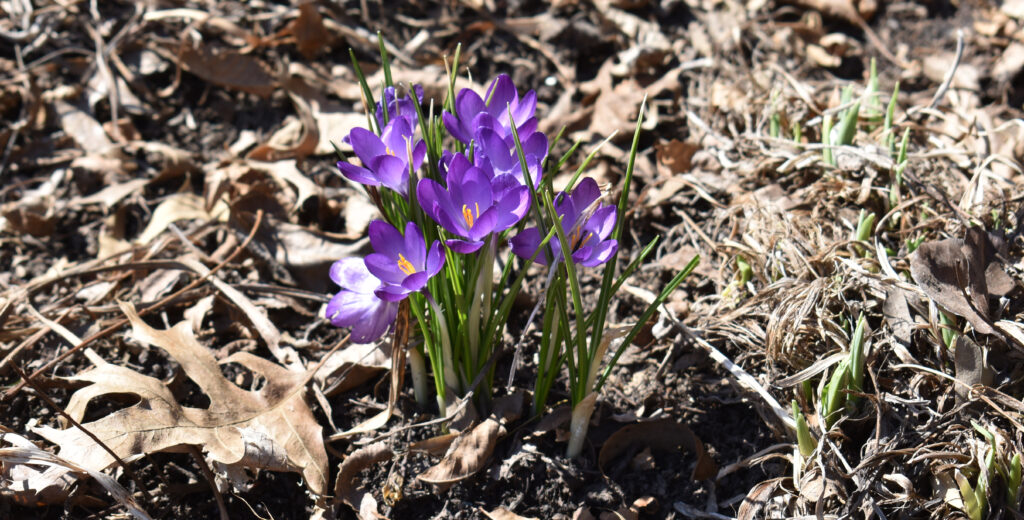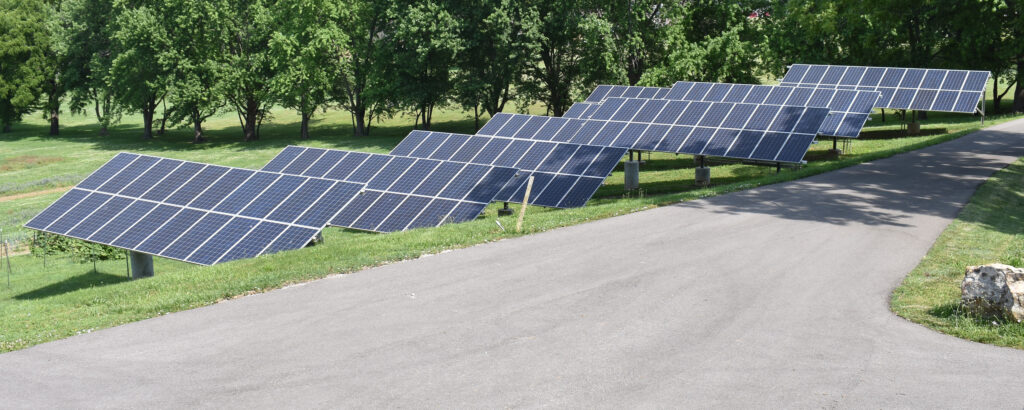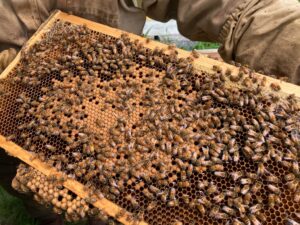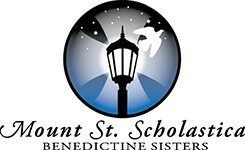
Our mission is to seek God through community life, prayer, ministry and care for all creation.
The first part of the Mount St. Scholastica mission statement reflects the way we have envisioned living our lives according to Gospel values and the Rule of St. Benedict. The last part, “care for all creation,” is included in the Benedictine value of stewardship, of regarding all things as “vessels of the altar.” Our goal is to continue to seek ways we can be better caretakers of the earth.
The rate of global warming as it is occurring today is caused by human activity, mainly the burning of fossil fuels. Coal emits more carbon dioxide than any other fossil fuel when it is burned. It is also the main fuel for electricity worldwide; in the United States, it accounts for 74% of greenhouse gasses in the electric power sector. Therefore, we wanted to cut down our fossil fuels.

Our major focus in this area was to look at alternate sources of energy. Several years ago we installed our first set of 50 KW solar panels on the roof of Dooley Center. The second 50KW set was installed a year later on the roof of Sophia Center. The most recent set was installed as a ground mount just east of our grape vines in the garden area, giving us a total of 150 KW. All three sets are connected to our present electric grid to reduce our use of fossil fuels.
Check out this video that shows the solar panels on our property.
 Besides reducing our use of fossil fuels, we continue to practice organic gardening. Each summer, we plant tomatoes, sweet corn, cucumbers, peppers, squash, radishes, beets, lettuce, kale, arugula, beans, and a variety of herbs. Our produce enables us to provide some fresh vegetables for our community meals. We know that our produce is chemical free and therefore healthy for us. In addition to our vegetables, we plant clover (a cover crop) and hairy vetch, which serve as food for our bees and puts important nutrients back into our soil. Our bees have provided us with several hundred pounds of honey, most of which we use around the monastery.
Besides reducing our use of fossil fuels, we continue to practice organic gardening. Each summer, we plant tomatoes, sweet corn, cucumbers, peppers, squash, radishes, beets, lettuce, kale, arugula, beans, and a variety of herbs. Our produce enables us to provide some fresh vegetables for our community meals. We know that our produce is chemical free and therefore healthy for us. In addition to our vegetables, we plant clover (a cover crop) and hairy vetch, which serve as food for our bees and puts important nutrients back into our soil. Our bees have provided us with several hundred pounds of honey, most of which we use around the monastery.
We continue to seek ways to become ecologically sustainable and know we still have work to do in many areas.
